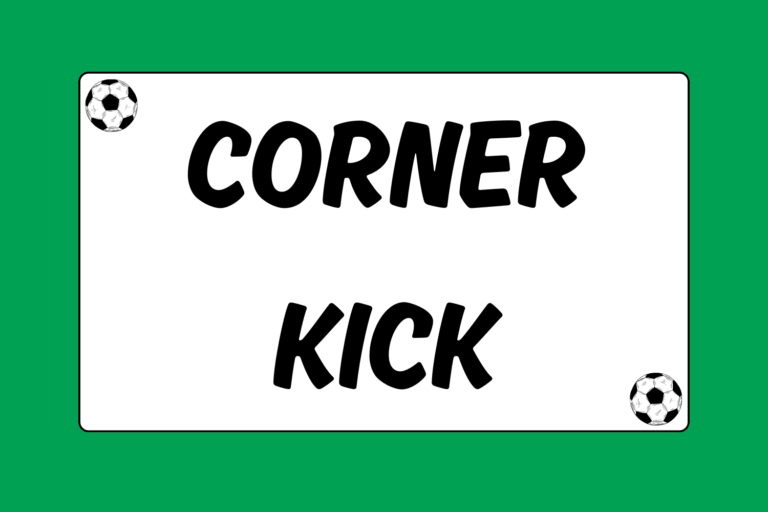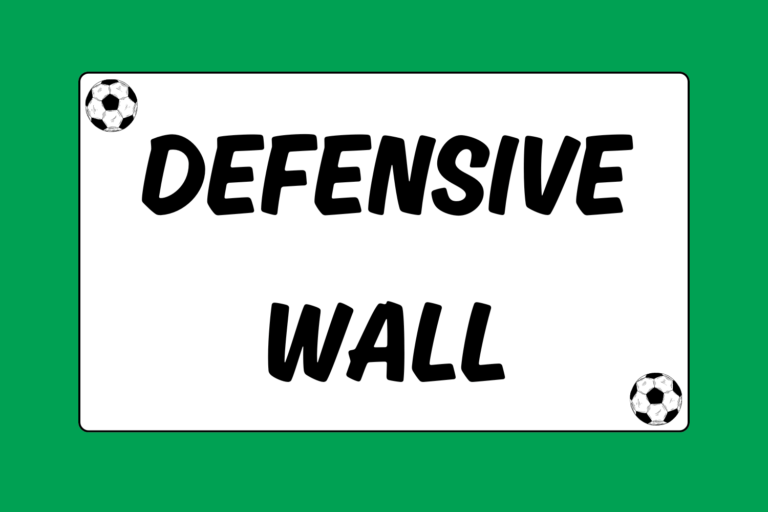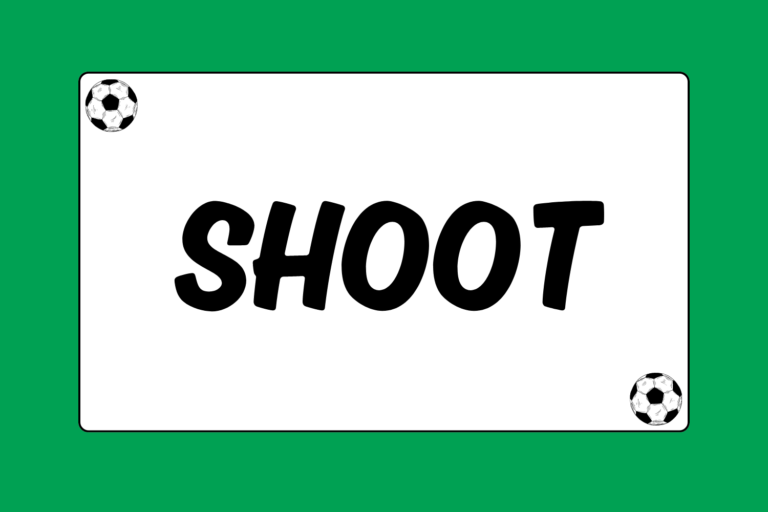One fact about soccer that every player should know is that diving is not cheating. In fact, it’s a part of the game that can protect players and help referees make the right call. Diving gets a bad name because it looks melodramatic on television, and because some players use it to call attention to themselves or to fabricate contact that doesn’t take place.
When diving is executed correctly, it is subtle rather than dramatic. It focuses attention not on the diver, but on the player who created the contact. This attention often leads to a foul from the referee and the award of a free kick. Basically, a good dive merely emphasizes the contact, and doesn’t create the appearance of contact when there was none.
Plan B
Diving shouldn’t be your go-to maneuver during an offensive push. It’s important to avoid diving or taking fouls instead of trying to get a shot on goal.
The best time to dive is when there is little opportunity to create a play, or when you are being marked by multiple tough defenders. Being very good at diving on the amateur level is frequently a sign of lack of aggressiveness, especially when the ball is near the penalty area.
Mental Edge
Diving is a good skill to have for smaller players, especially when being marked by tough, rugged defenders. In addition to setting up a free kick, a dive can alert referees to aggressive play and help avoid injuries.
When to Dive
The key to diving at the right moment is timing the dive to match the contact. This requires anticipation that contact is about to arrive. A good dive exaggerates contact that occurs, by turning clean plays into apparent fouls. For this reason, the dive should correspond to contact that occurs.
Some players anticipate contact that doesn’t happen and fall completely on their own. Referees are much less likely to recognize this type of fall as foul-worthy. For this reason, the best dives occur simultaneously with a hard run by a defender at a dribbler, at the moment of contact.
Bad dives are more common in soccer, especially when they’re blatantly without contact and clearly just to draw a free kick. There are many other bad times for a dive:
- During the opening five minutes of the game: You usually only have one chance to dive in a match. Use it too early and you’ll be suspected of diving if you do it again.
- Right before halftime: As with the opening minutes, refs will often swallow the whistle immediately before halftime.
- Twice in a game: Refs will be more alert to diving the second time, and may even present a yellow card if they suspect you are faking.
- When it doesn’t matter: You will draw the ire of refs and opponents by taking a dive when it doesn’t matter, such as during a blowout.
- A full second after contact: The biggest reason that dives don’t work is when they are not well-timed with contact. When it’s obvious, the refs may look the other way when fouls do happen in the future.
- When the ref is right next to you: The farther away the referee, the more likely he will be influenced by a dive.
Diving Safely
It might sound obvious, but not all dives are created the same. Diving should follow the general laws of physics. In other words, the momentum of the challenging player should influence your momentum as you dive. A hard tackle from behind should catapult you forward, just as contact at your feet should trip you up.
Your dive should be an exaggerated version of a normal response to that specific contact. If a player challenges your shoulder, it’s okay to jerk your upper body in the direction contact sends you. If you get tripped up, a sudden fall to the ground will be more likely to earn the attention of the referee.
Mental Edge
Recognize the most aggressive players on the other team. Players who are known for making forceful challenges on the ball will stand out to referees, making it easier to draw a direct kick.
To Fake, or Not to Fake
Some players prefer to fake an injury to be sure they have a referee’s attention. This is usually not necessary, and it can rile up the opposing team when they realize you’re not really hurt. Flailing your arms and yelling in an excessively dramatic manner is also usually unwarranted. A good rule of thumb is to remain on the ground for 30 seconds, letting the ref catch up to you.
You can hold the area of your body where you absorbed the contact, without simulating a genuine injury. Avoid looking around to see if you’ve gotten the call, or looking for the defender’s reaction. Just lie still and avoid the histrionics. Leave the excessive acting for Hollywood, and let the dive stand on its own.
Make it Work for You
Taking a dive in a game doesn’t make anyone a cheater. It’s a part of the game that existed long before most of us could kick a soccer ball. Learning to dive merely puts another tool in your soccer tool belt. It’s a good equalizer on the pitch, it lets your teammates rest, and usually it can earn you a direct free kick. The best dives happen at the right time, when your team needs all three things.





